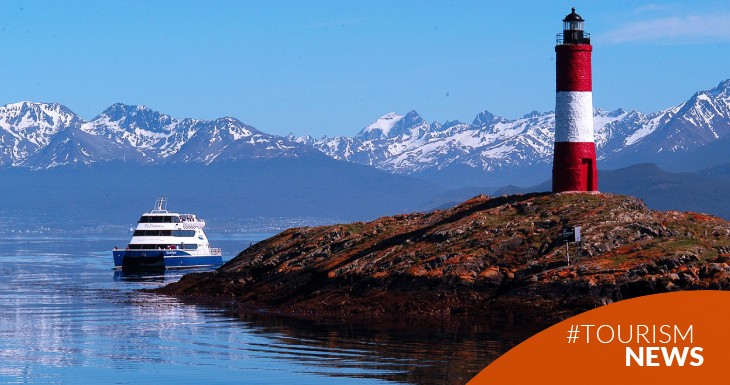For centuries, lighthouses have been much more than simple structures with a light on top. They were—and in many cases still are—the shining eyes that guide sailors in the darkness, the sentinels watching over rocky shores, and the silent protagonists of countless maritime stories, tragic romances, and unforgettable shipwrecks.
The Origin of a Luminous Guide
Since ancient times, humans have felt the need to illuminate their paths across the sea. The first lighthouses were built in Greece and Egypt, the most legendary being that of Alexandria, one of the Seven Wonders of the Ancient World. Built in the 3rd century BC, it reached 135 meters and operated with fire and bronze mirrors. Its light was visible for tens of kilometers, guiding sailors to a safe harbor. Although it was destroyed by an earthquake in the 14th century, a project to rebuild it is currently underway, funded by the European Union.
Do all lighthouses serve the same purpose?
Although they share the same general mission—to prevent maritime disasters—not all lighthouses perform exactly the same function. Some mark the entrance to a harbor, others warn of reefs or sandbanks, and several have also served as weather stations or even homes.
In the age of GPS, their practical role has diminished, but their symbolic, historical, and tourist value continues to grow. Many lighthouses are now museums, viewing points, or unique accommodations, offering a seaside experience like no other.
Lighthouses worth the trip... or at least the curiosity
Throughout the world, there are lighthouses that stand out for their beauty, their history, or their extreme location. Here we share some that you can't miss (even if it's just virtually):
Les Éclaireurs Lighthouse (Argentina): In the Beagle Channel, near Ushuaia, it is known as the "Lighthouse at the End of the World."
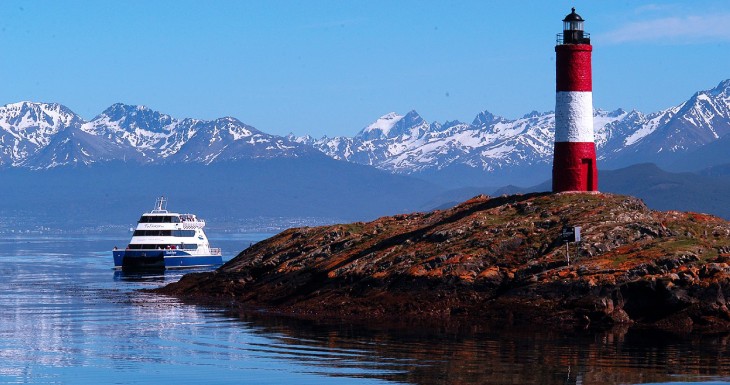
Bell Rock Lighthouse (Scotland): Built in 1810 on a reef, it is the oldest functioning lighthouse on a rock.
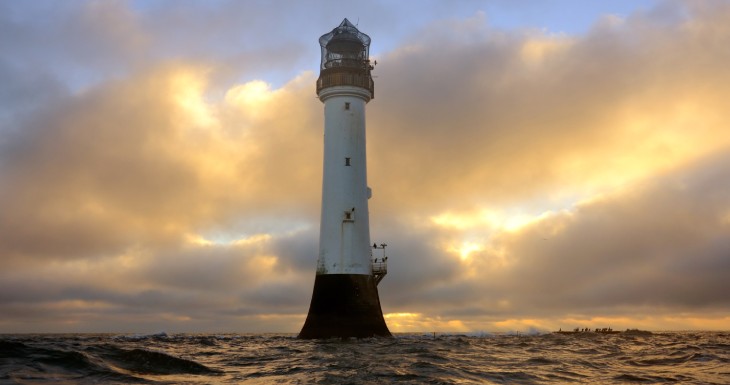
Bell Rock Lighthouse (Scotland): Built in 1810 on a reef, it is the oldest functioning lighthouse on a rock.
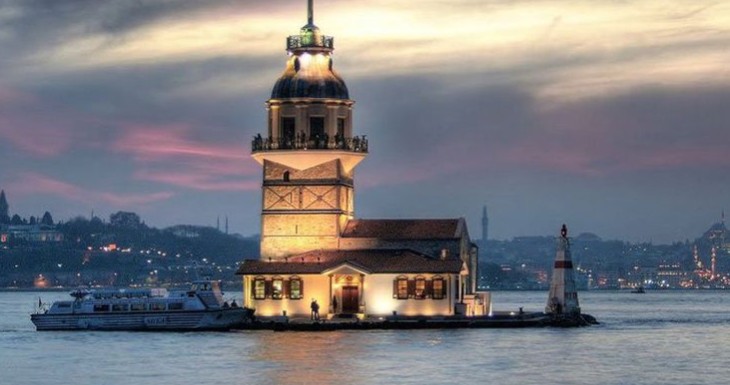
Tower of Hercules (Spain): A Roman lighthouse over 1,900 years old, still in use in A Coruña.
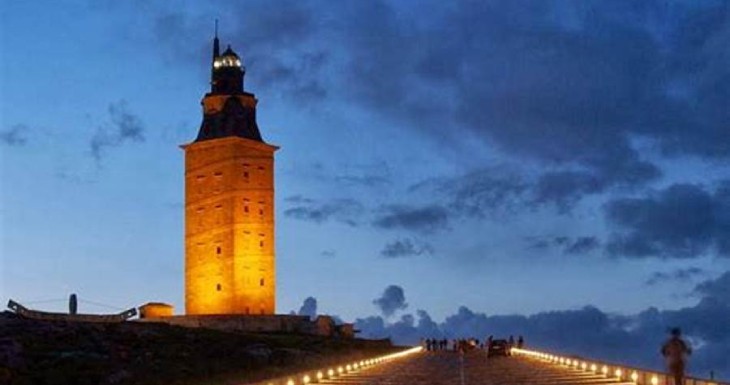
Rubjerg Knude Lighthouse (Denmark): It was moved in 2019 to save it from the advancing sea.
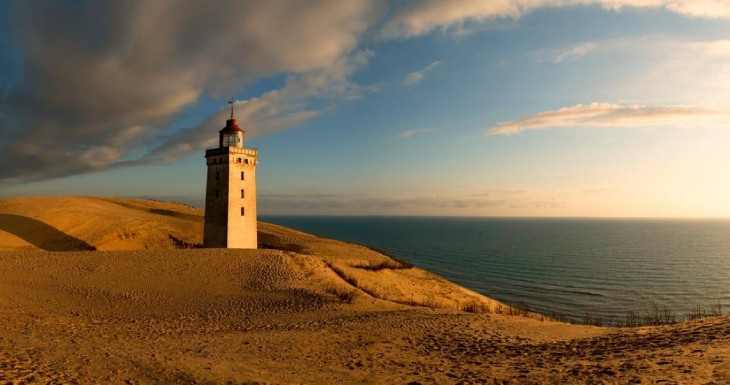
La Jument Lighthouse (France): Famous for photographs of it being battered by giant waves.
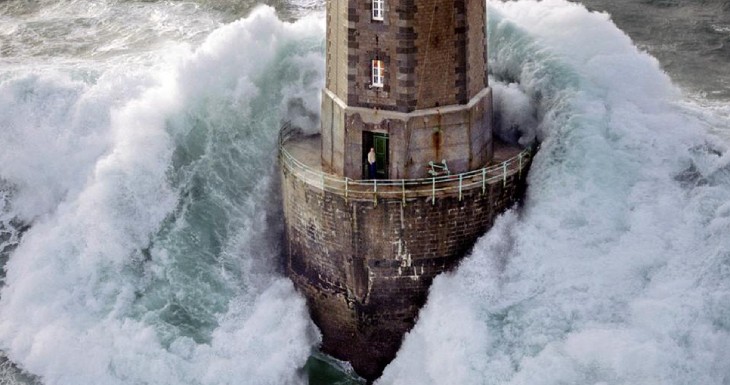
Kjeungskjær Lighthouse (Norway): An octagonal lighthouse on a rocky island, isolated and vibrantly red.
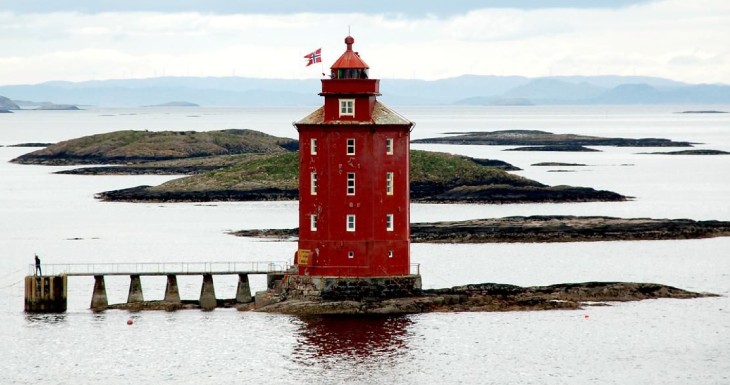
Did you know...?
- In some places, lighthouses are still operated manually by people known as "torreros," although their number has decreased dramatically.
- Some lighthouses emit sounds (foghorns) as well as light when visibility is poor.
- In many countries, you can spend the night in a lighthouse converted into a tourist accommodation.
An icon that stands the test of time
Today, many lighthouses are visited more than used by ships. They have become symbols of nostalgia, resilience, beauty, and peace by the sea. They retain their silent charm, and their light, whether real or symbolic, continues to shine as a guide in the memory of humanity.

